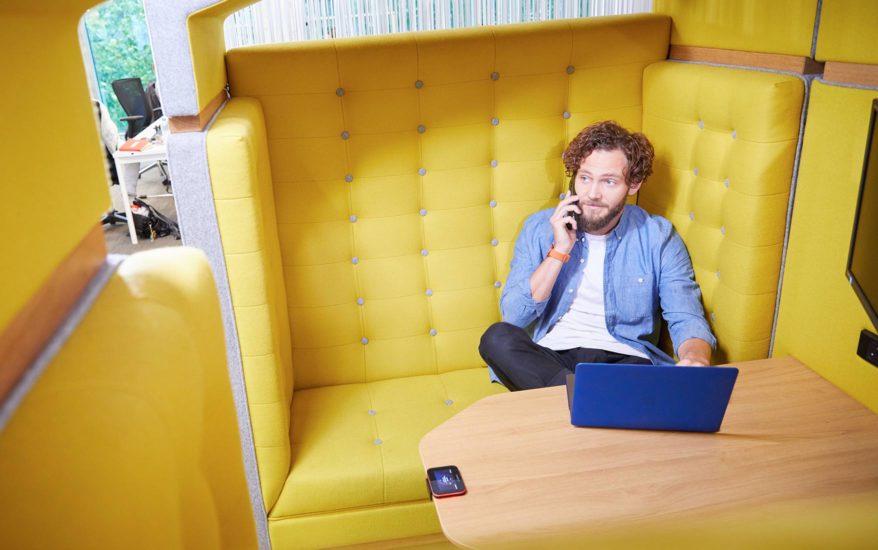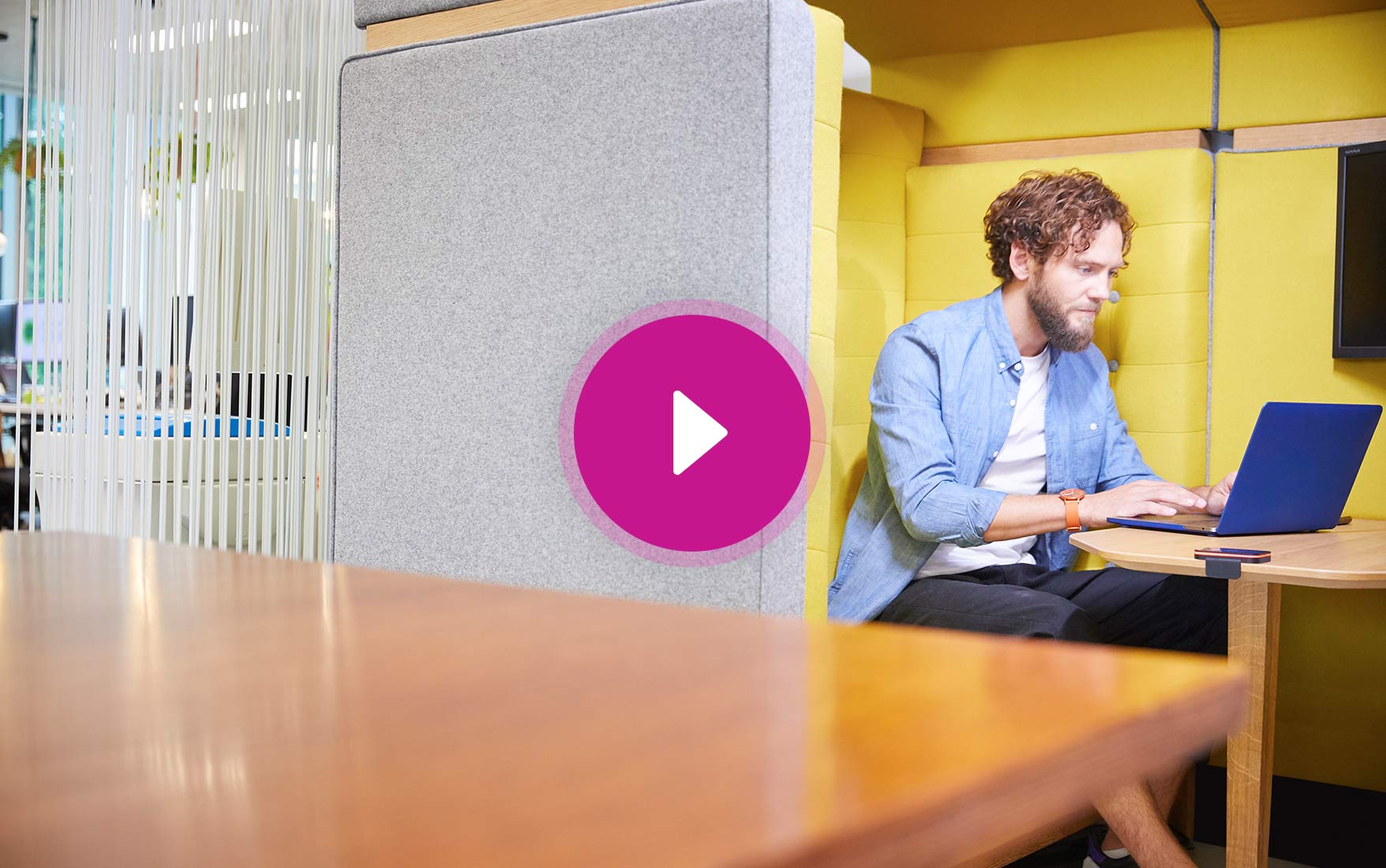
We are all at the start of a long road, a road that will take our businesses back to normal – or, indeed, to a ‘new normal’. You are already probably thinking or strategising a return to the office strategy that will enable as many of your employees to get back to work, supporting social distancing measures, while still promoting employee wellbeing and productivity in an environment that is flexible.
Doing this, of course, will be much easier said than done. What might be right for your working environment now on day one of your return might not be suitable in the long run, so a constantly adaptable strategy is required.
What we shouldn’t do is go back to how everything was… We’ve been handed a really unique, once-in-a-decade or maybe even once-in-a-career opportunity to think about what we really want the office to be, and about how we create spaces that are human-centric. If we end up going backwards, we’ll be doing everyone a disservice. ~ Kay Sargent, director of HOK’s global WorkPlace practice
There are three sets of considerations to take into account, through shorter, and more long-term phases. Some may be more relevant to you than others, but all of them are essential parts of post-COVID-19 business:
Phase 1: During the threat of COVID-19
In any walk of life, first impressions count for a lot. And when your employees walk back through your office front doors for the first time once they’re able to return, the impression they’re left with is absolutely critical to your strategy’s success.
Understandably, many will be worried about the risk an office environment poses to their health, and about whether they might pick up COVID-19 at work and spread it to their loved ones when they return home. So a critical job for management in the short-term is to inspire confidence in the workforce that you have their best interests at heart, and that you’ve worked hard to take every step you can to safeguard their health.
On a practical level, this means reshaping your workspaces into a format that enables social distancing measures to be in place for all. This will almost certainly reduce your capacity substantially, so staggered shifts may need to be introduced. You will also need the right personal protective equipment (PPE), sanitization measures, both among the cleaning teams and through stations within the office, and a robust sickness policy for rapid response if anyone begins to show symptoms or falls ill.
Phase 2: Transitioning post COVID-19
Once you’re up and running, your focus will shift to keeping employees informed on their arrangements, and to reacting to the practicalities of daily office life.
Obviously, the usual nine-to-five routine that employees had become accustomed to pre-pandemic will largely be impossible for a while. So the workforce must have easy and clear information about their working arrangements to minimize confusion and to prevent any disruption to their lives outside of work. Ideally, employees would have mobile access that would tell them in advance which days they’re expected in the office, the times of their shifts, and the location of their allocated workstation. This way, everything is clear to them days or weeks in advance, and before they even leave home to commute.
As people start working in and moving around your premises again, you’ll uncover ‘hotspots’ where people are more likely to come into contact with each other in significant numbers. For example, these could be entrances, exits, and common digital touchpoints like check-in kiosks or lift buttons. Modifying movement and sanitization strategies to combat these risks as they emerge will be key.
In summary, the answer to the question of what do employees want during this transition lies in:
- Flexibility and choice of when to work from the office and when to work from home.
- Clear guidance on when to come into the office and where it’s safe to work.
- Assurance that the workspace is correctly sanitized and is safe to use.
- Reduced risk of infection with a workspace correctly designed to meet social distancing requirements.
- Staying informed of potential contact with infected co-workers.
Phase 3: Our new normal
Over time, you will gradually be able to settle upon office and working arrangements that suit not only your workforce, but also your business needs, too. Flexibility and transparency are the two main pillars of making this happen.
74% of companies plan to permanently shift to more remote work post-COVID-19.
Many employees may well come to expect the ability to work from home when they want to, and to choose a workstation when they come into the office, to be permanently available. Desk reservation systems that also take social distancing measures into account will be extremely useful in enabling this.
Because of this flexibility, it will be important for everyone to know who is in the office, working from home or on leave at any one time, so that proper communication and collaboration can be maintained. Universal access to this information, ideally managed through software, is therefore essential.
The way forward
It has to be mentioned that there is no ‘endgame’ to this return to work. The adjustments we are all making to our working lives will be needed for months and probably years to come. There will therefore be a need for constant re-evaluation of your arrangements, office environments and practicalities, and whether they still meet regulations, workforce needs and your business goals. Where we can start thinking now though:
- Focus on collaboration
- Employee choice of where to work to be most productive
- Flexible working with booking of the right space in the office when needed:
- For meeting and collaborating
- For focus and where the right tools are
In a recent webinar, the office we once knew, the at-home office, the planned return, and the deliver of change as we move forward to include what is being called the ‘best of both worlds’ were all discussed in more depth. Click here to watch the recording.
References:
Gartner, COVID-19 Bulletin: Executive Pulse, 3 April 2020




